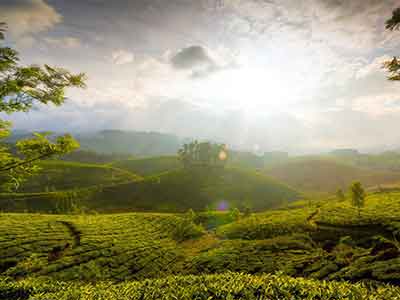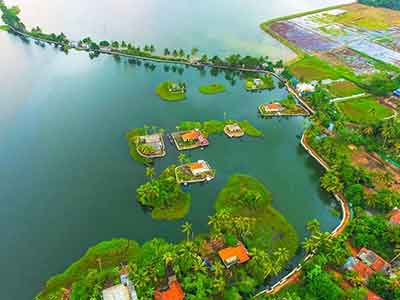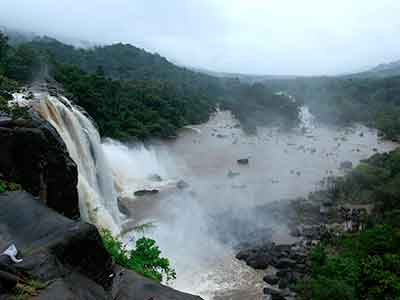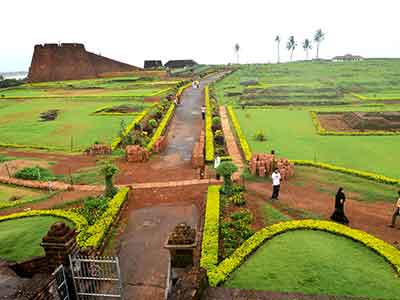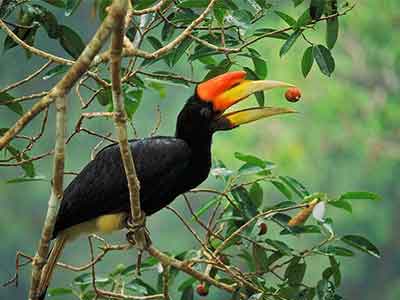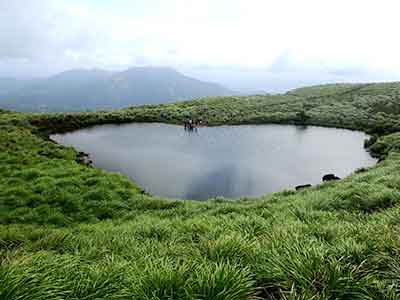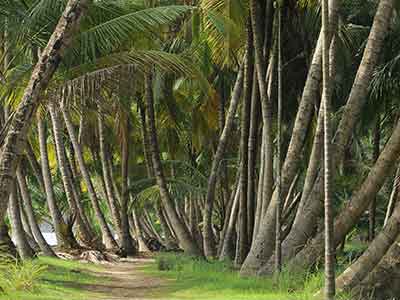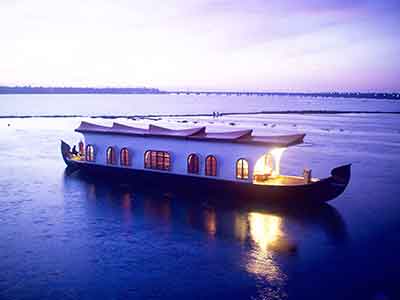Email: sales@travioholidays.in
Help: +91 98950 53303

Dindigul has grown from ancient settlements to a consolidated, although small township. Every dynasty that subjugated it, left its historical mark on Dindigul. Like many other city states in the region, Dindigul too passed through the hands of the Pandyas, Cholas, Pallava, the Madurai Sultanate, the Dindigul Sultanates, the Vijayanagara Empire, the Madurai Nayak Dynasty, Chanda Sahib of the Delhi Sultanate, the Carnatic kingdom and the British – who took the Fort from Tipu Sultan after they defeated the Tiger of Mysore in 1790.
It did, however differ in one aspect – in that it was held by Islamic rulers for more frequent and longer periods than perhaps many other city states south of the Deccan. The Rock Fort of Dindigul witnessed numerous battles, as it was considered strategically essential to control the region. There is an eclectic mix of temples, mosques and churches in Dindigul given the mixed heritage bequeathed by its conquerors. The 14th century Kalahastheeswara-Gnanambika temple is the most prominent structure in this area.
Our Top Tour Packages in South India
The four states that constitute South India are composed of distinctive geographic regions - narrow plains that fringe peninsular South India beside the Arabian Sea and the Bay of Bengal with two mountain ranges running alongside and the rocky hardtop of the Deccan and fertile central plains.
